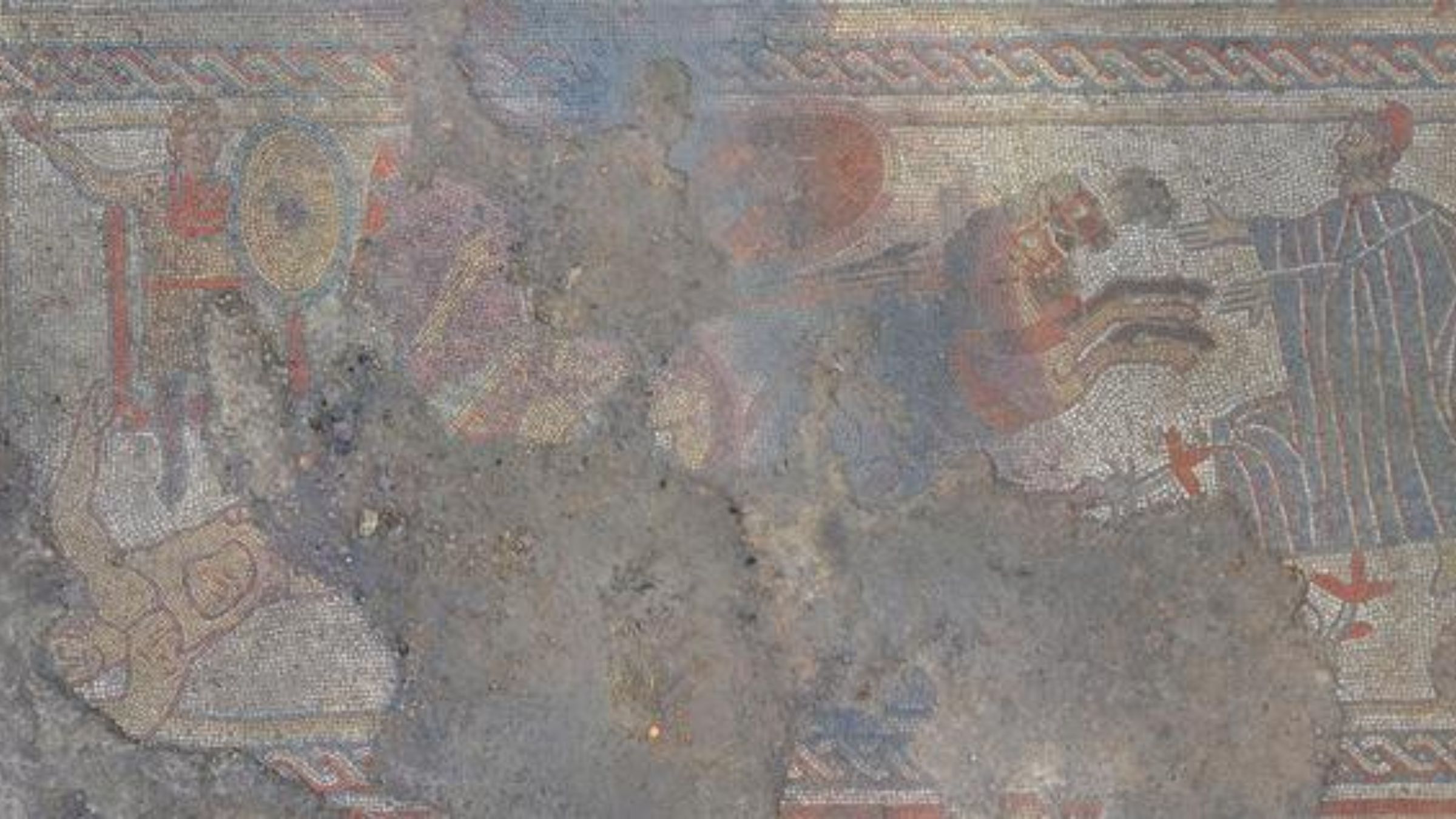Deadly lure
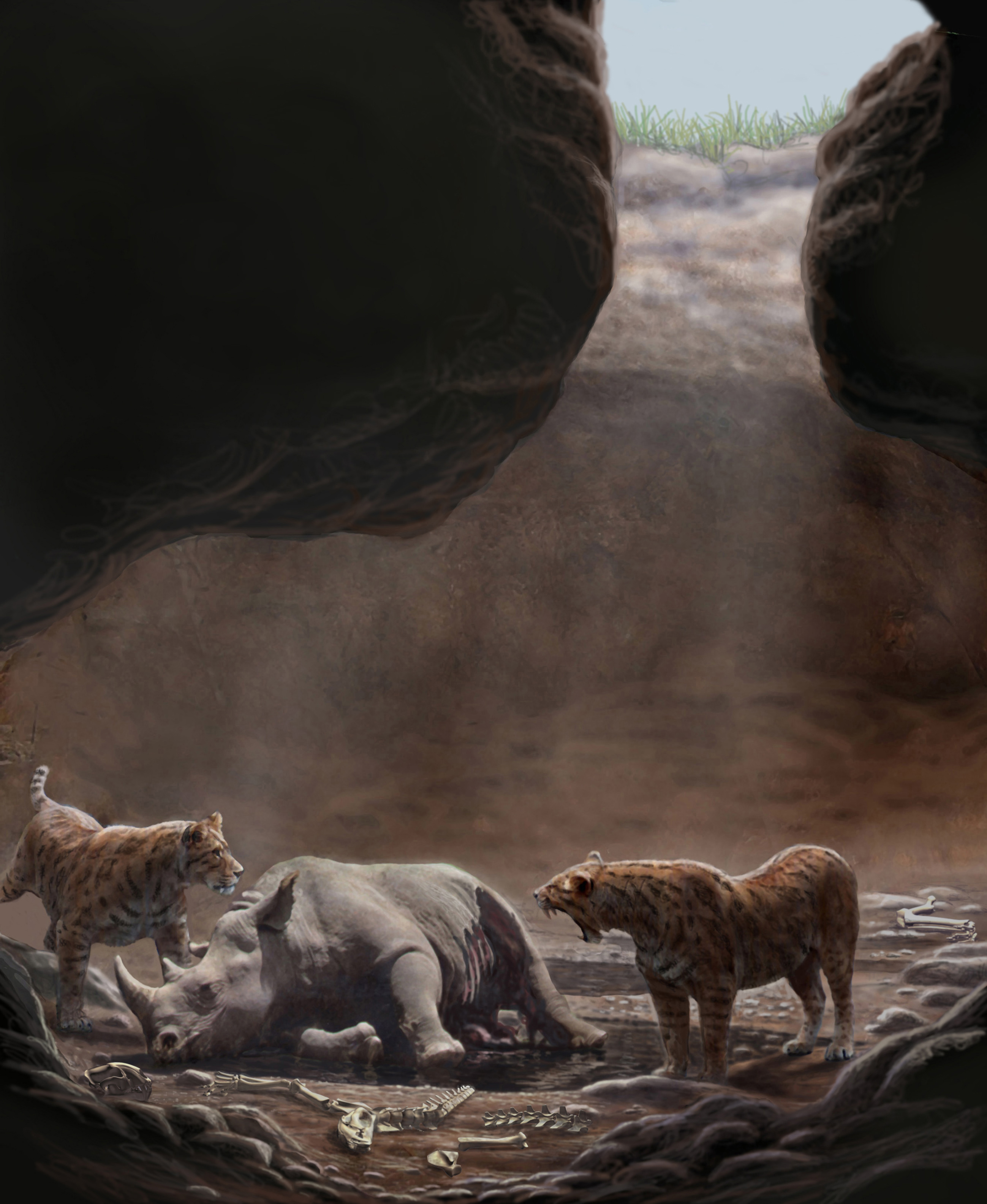
In a 2013 study, University of Michigan scientists have pieced together the history of a cave that was teeming with carnivore fossils from between 9 and 10 million years ago.
Ancient history near the city

In 1991, miners about 30 kilometers (18.7 miles) from Madrid in Spain noticed a trove of bones at their digging site. They alerted paleontologists, who began excavating. To date, paleontologists have unearthed 18,000 fossils from 9 to 10 million years ago.
Doomed predator
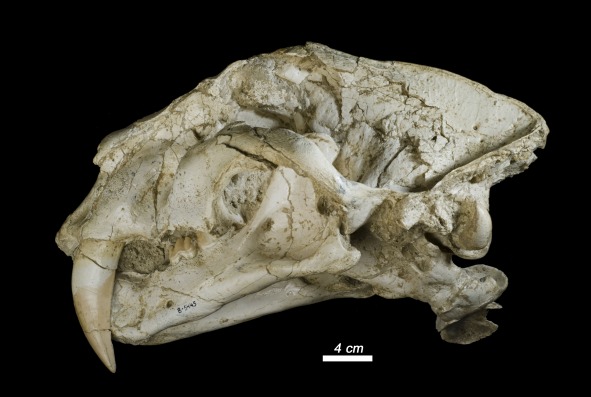
At the bottom of the site, in an area called Batallones-1, they found carnivore skeletons from many different ancient animals, including the now-extinct sabertooth cat. Many of the skeletons were unusually well-preserved.
Hyena skeleton
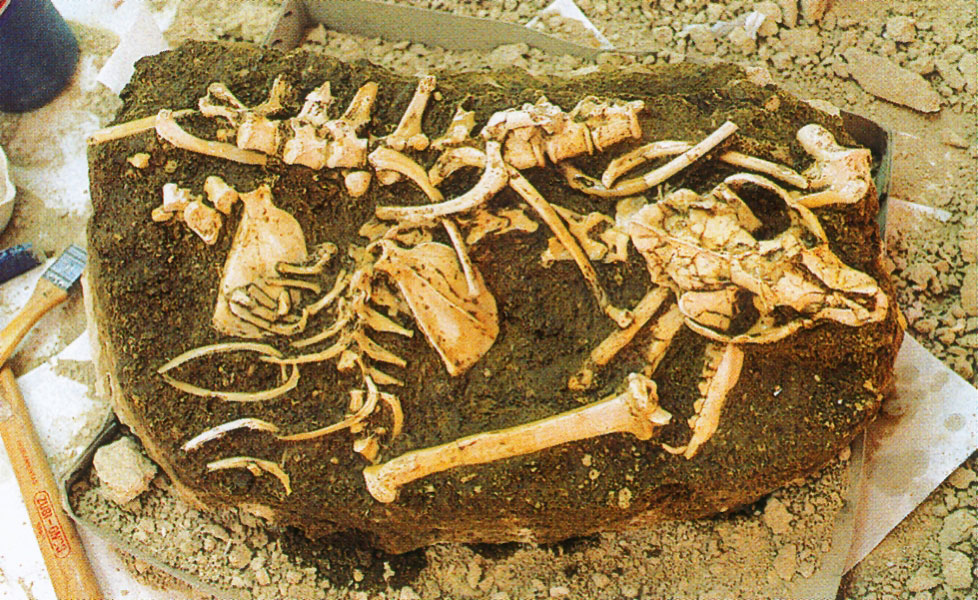
The researchers carefully analyzed the type, age, and orientation of fossils, such as this hyena skeleton, to figure out what happened.
Bear-dog
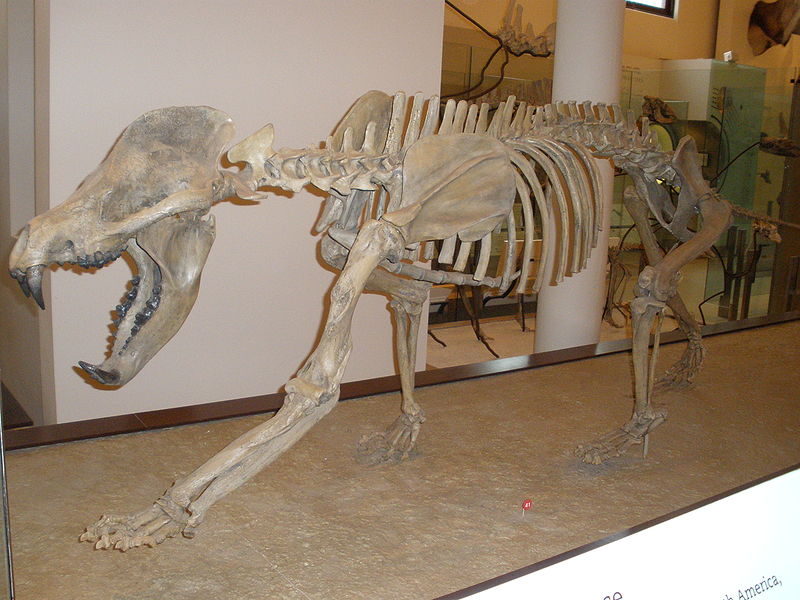
Because 98 percent of the fossils came from carnivores, and most of those from healthy young adults, the researchers concluded that the carnivores willingly entered the cave in search of food or water. While the occasional herbivore may have fallen in by accident, only the carnivores were daring enough to enter the cave willingly. Once there, however, they were trapped and died.
Cave history
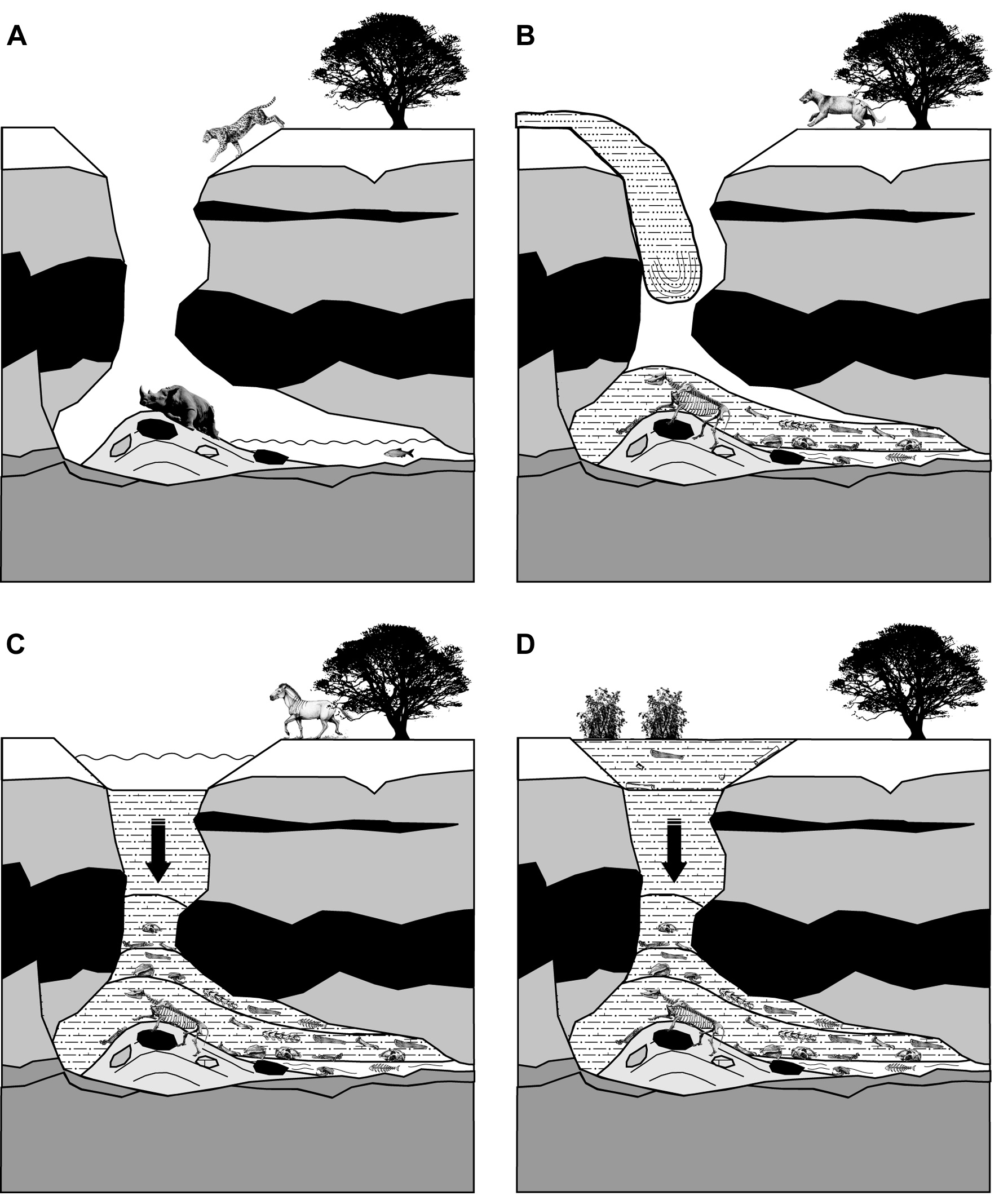
The researchers reconstructed the history of the cave. Sediments from the surface fell through fissures in the Earth and formed the cave. Young predators were lured in by the promise of food or water, but became trapped. The smell of their rotting carcasses would then attract other predators. Over time, the cave was filled in by flooding, until it became hidden from view.
Get the world’s most fascinating discoveries delivered straight to your inbox.

Tia is the editor-in-chief (premium) and was formerly managing editor and senior writer for Live Science. Her work has appeared in Scientific American, Wired.com, Science News and other outlets. She holds a master's degree in bioengineering from the University of Washington, a graduate certificate in science writing from UC Santa Cruz and a bachelor's degree in mechanical engineering from the University of Texas at Austin. Tia was part of a team at the Milwaukee Journal Sentinel that published the Empty Cradles series on preterm births, which won multiple awards, including the 2012 Casey Medal for Meritorious Journalism.


